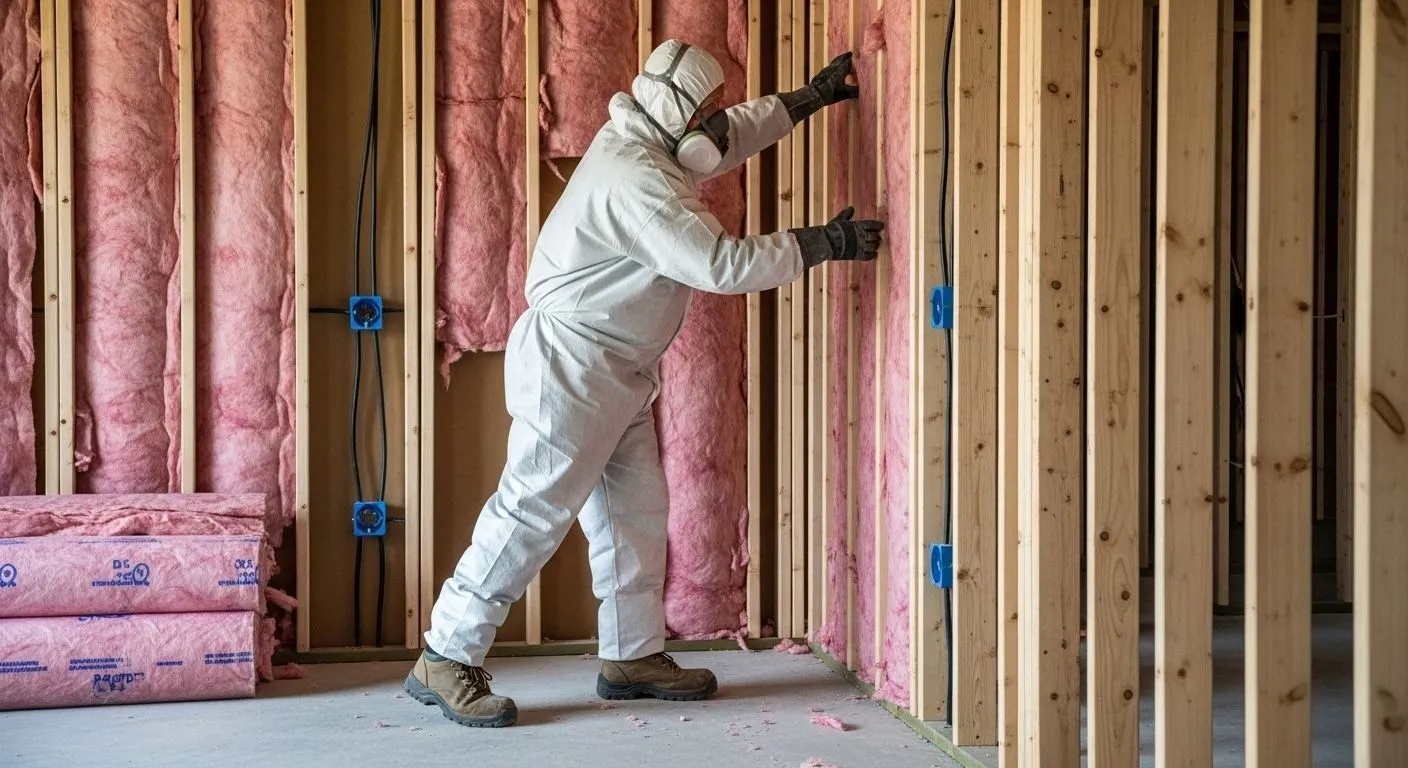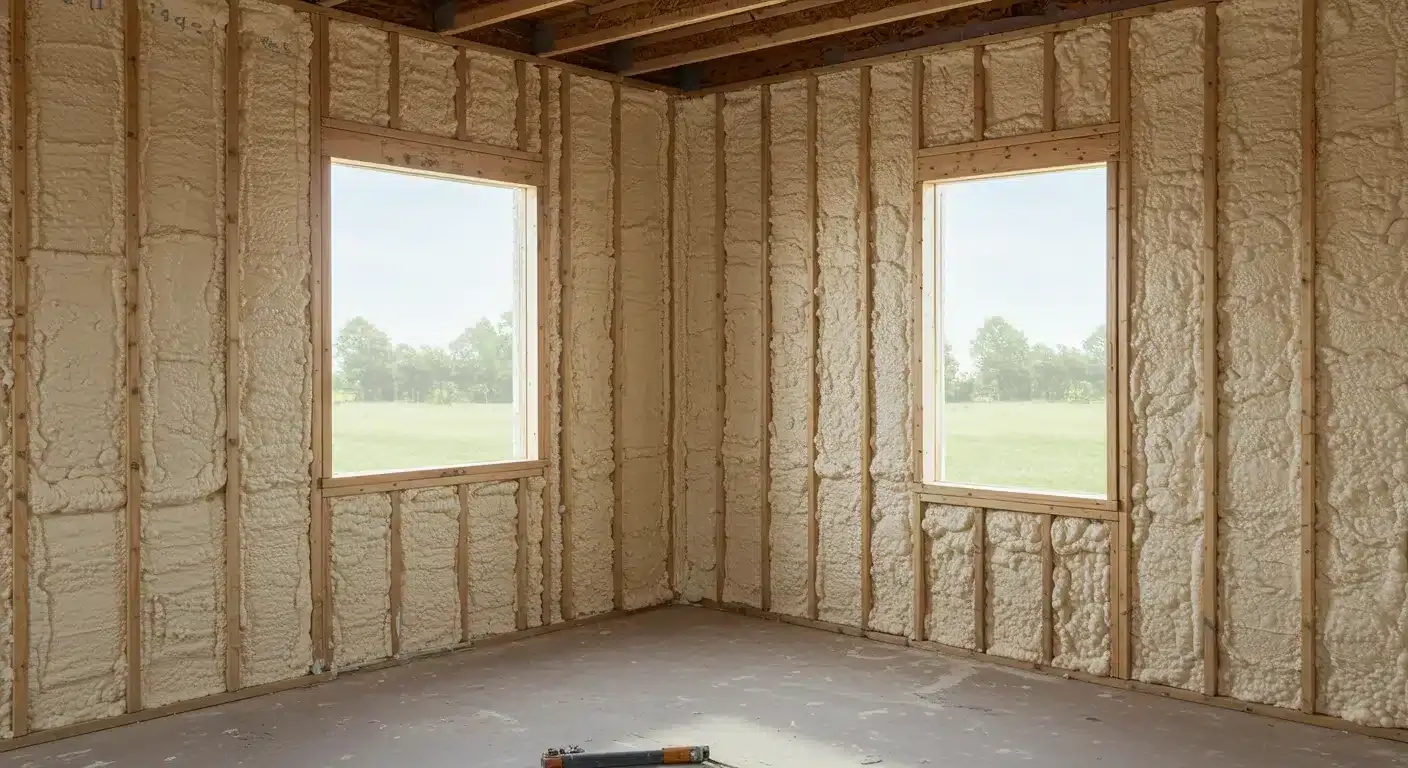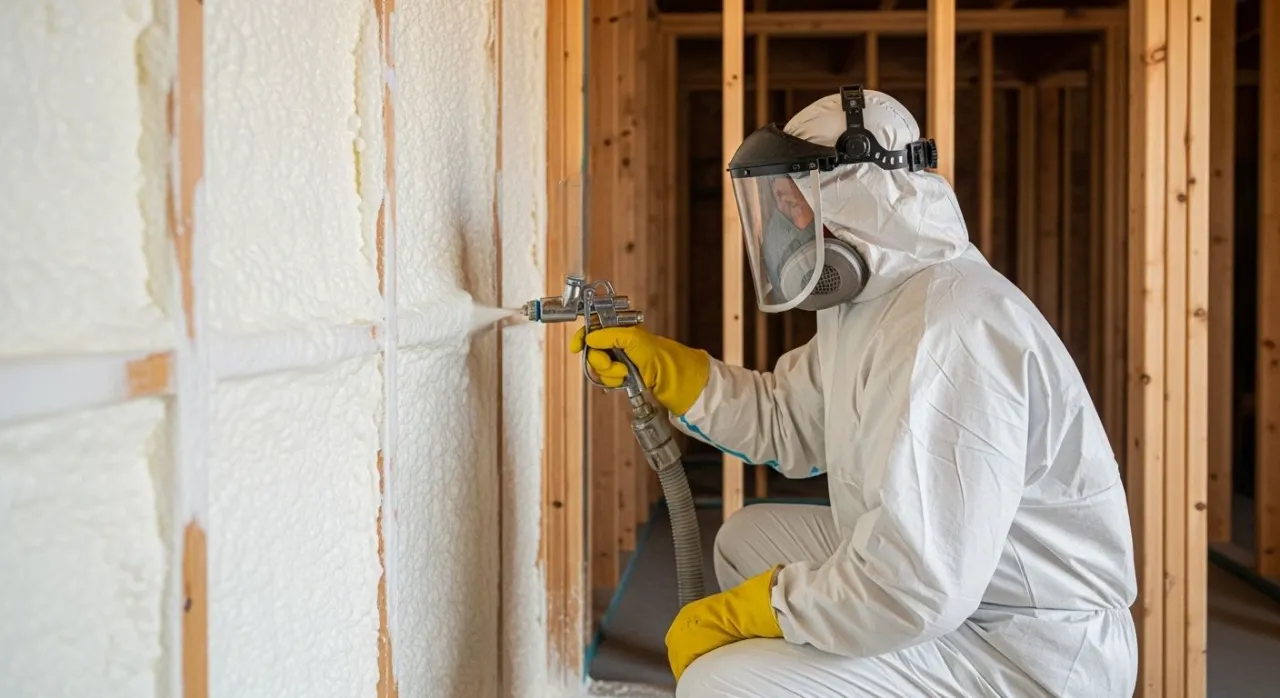
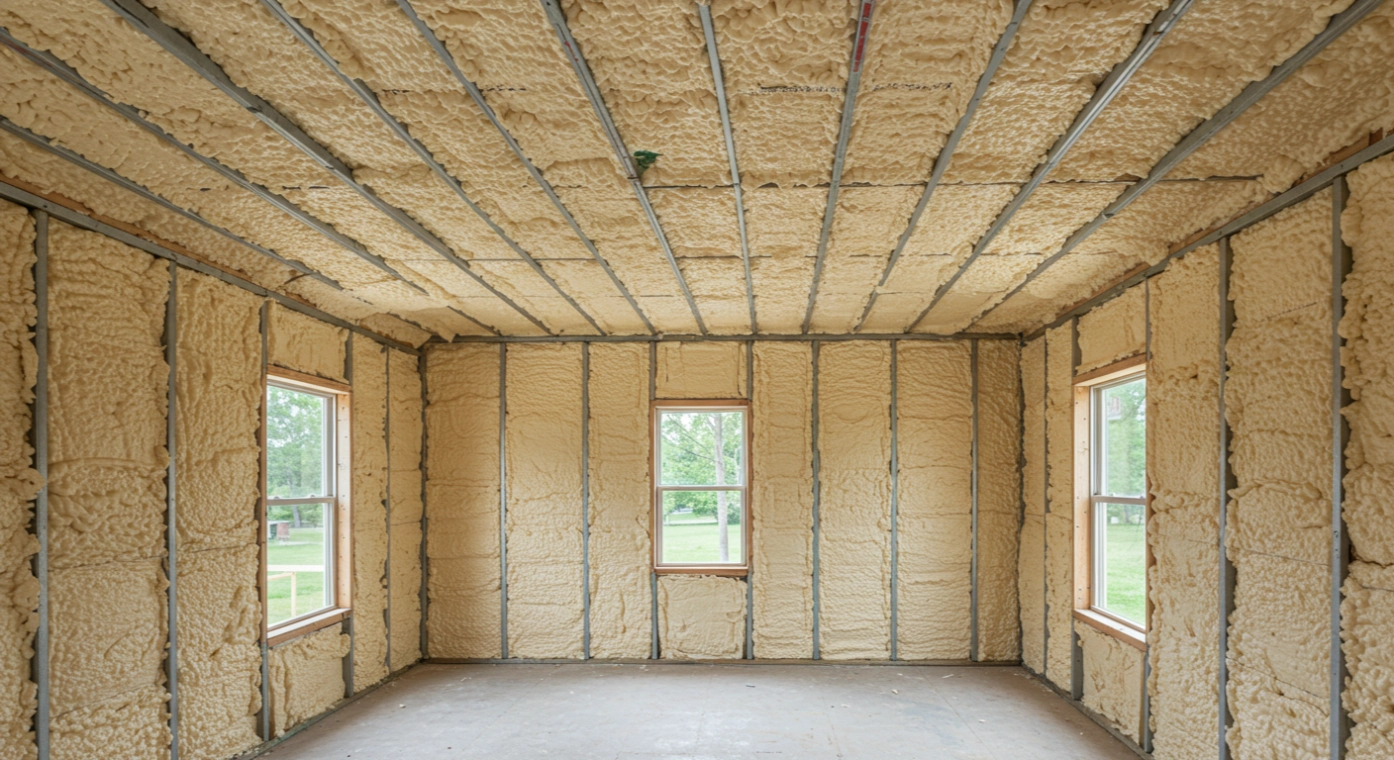
Most home insulation should be replaced every 15-20 years, though this timeline varies significantly based on insulation type, installation quality, and environmental conditions. Fiberglass and cellulose insulation typically maintain effectiveness for 20-30 years, while spray foam insulation can last 80+ years when properly installed. The key indicators for replacement include declining energy efficiency, visible deterioration, moisture damage, or pest infestations.
Understanding replacement schedules prevents energy waste and maintains indoor comfort. Different insulation materials degrade at varying rates, and recognizing when replacement becomes necessary saves homeowners from escalating utility bills and comfort issues. This comprehensive analysis examines replacement timelines, warning signs, and decision factors based on extensive field experience with residential insulation systems.
Different insulation materials experience varying degradation patterns and replacement needs. Understanding these distinctions helps homeowners plan maintenance schedules and budget appropriately.
| Insulation Type | Expected Lifespan | Primary Degradation Factors | Replacement Indicators |
|---|---|---|---|
| Fiberglass Batts | 20-30 years | Settling, moisture absorption | Compression, gaps, discoloration |
| Blown-in Cellulose | 20-30 years | Settling, pest damage | Height reduction, clumping |
| Spray Foam (Closed-cell) | 80+ years | UV exposure, physical damage | Cracking, shrinkage |
| Spray Foam (Open-cell) | 80+ years | Moisture retention, settling | Soft spots, odor retention |
| Mineral Wool | 30+ years | Minimal degradation | Physical displacement only |
Fiberglass insulation maintains structural integrity longer than cellulose but becomes less effective as it settles and develops gaps. According to the North American Insulation Manufacturers Association, properly installed fiberglass can retain 95% of its R-value after 20 years. Cellulose insulation settles approximately 20% within the first few years, requiring periodic top-offs to maintain thermal performance.
Spray foam insulation demonstrates exceptional longevity when installed correctly. The Spray Polyurethane Foam Alliance reports that closed-cell spray foam maintains structural properties for decades, making it a long-term investment despite higher initial installation costs.
Bonus Tip: Check insulation depth annually in accessible areas like attics. Settling occurs gradually, and early detection allows for cost-effective top-off applications rather than full replacement.
Several indicators signal that insulation replacement cannot wait for scheduled intervals. These warning signs often develop independently of age-based replacement schedules.
Energy bills increasing without usage changes indicates insulation failure. Temperature inconsistencies between rooms suggest thermal bridging or insulation gaps. Visible moisture damage, including stains, mold growth, or ice dams, compromises insulation effectiveness immediately.
Pest infestations require complete insulation removal and replacement. Rodents and insects contaminate insulation materials, creating health hazards and reducing thermal performance. Professional assessment becomes necessary when pest activity is discovered in insulated spaces.
Physical damage from renovations, plumbing leaks, or roof repairs often necessitates partial or complete insulation replacement. Compressed or displaced insulation loses effectiveness permanently and cannot be restored through repositioning.
Climate conditions significantly impact insulation replacement schedules. Pacific Northwest homes face moisture challenges that accelerate degradation, while desert climates present UV exposure and extreme temperature cycling issues.
| Climate Zone | Primary Challenges | Typical Replacement Schedule | Specific Considerations |
|---|---|---|---|
| Marine West Coast | Moisture, humidity | 15-20 years | Vapor barrier integrity critical |
| Continental | Temperature extremes | 20-25 years | Thermal cycling stress |
| Desert | UV exposure, heat | 18-22 years | Material expansion/contraction |
| Humid Subtropical | High humidity, storms | 15-18 years | Mold prevention priority |
Seattle-area homes particularly benefit from moisture-resistant insulation types. The region’s extended wet seasons create conditions favoring mold growth and material degradation. Regular inspections during spring months help identify moisture-related issues before they necessitate emergency replacement.
Bonus Tip: Install proper ventilation alongside insulation replacement in humid climates. Adequate airflow prevents moisture accumulation that accelerates insulation degradation.
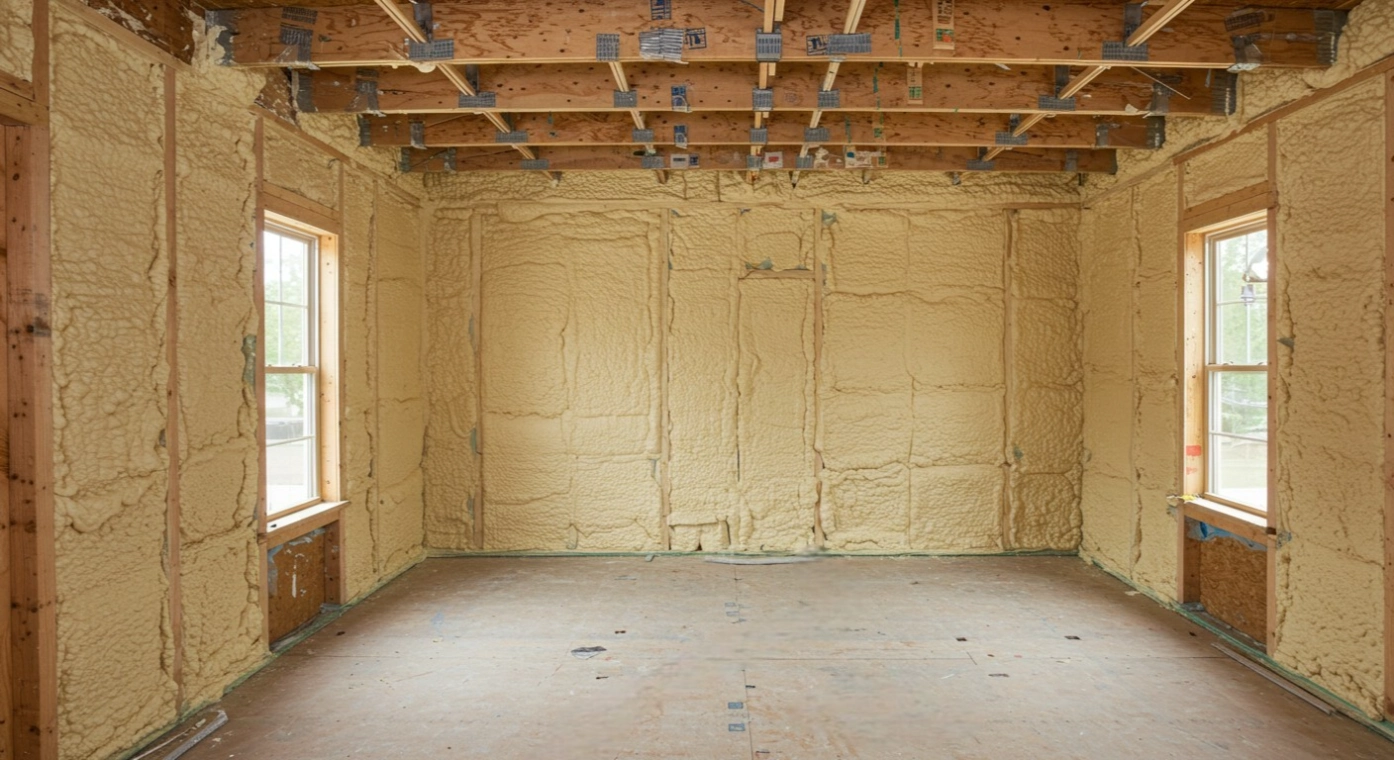
Several factors influence replacement timing beyond basic age recommendations. Energy audit results provide objective data about current insulation performance. Professional assessments identify specific problem areas rather than assuming complete replacement necessity.
Budget considerations affect replacement scope and material selection. Phased replacement approaches allow homeowners to address priority areas first while planning for complete updates over time. Seasonal timing impacts installation conditions and contractor availability.
Building code updates may require insulation upgrades during major renovations. Current energy codes often exceed standards from when older insulation was installed. Compliance becomes mandatory during permit-required work.
Utility rebates and tax incentives can offset replacement costs significantly. Many programs require specific R-values or installation methods, influencing material selection and timing decisions.
Cascadia Spray Foam of Seattle provides comprehensive insulation solutions designed for Pacific Northwest climate conditions. Each service addresses specific thermal performance needs while ensuring long-term durability.
High-quality installations in ideal conditions often exceed expected lifespans. Regular inspections and maintenance can extend effectiveness, but energy efficiency gradually declines even with proper care.
Prioritize problem areas first, then address remaining sections systematically. Complete replacement provides optimal performance but isn’t always financially necessary or practical.
Professional energy audits using thermal imaging identify specific problem areas objectively. These assessments prevent unnecessary replacement while ensuring adequate thermal performance.
Clear access areas, protect belongings, and address any moisture issues beforehand. Proper preparation ensures installation quality and prevents complications during the replacement process.
Insulation replacement timing depends on multiple factors beyond simple age recommendations. Performance indicators, energy costs, and comfort issues provide better guidance than arbitrary schedules. Professional assessment identifies specific needs while preventing unnecessary expenses.
Climate conditions significantly influence replacement schedules, particularly in moisture-prone regions like the Pacific Northwest. Regular inspections and prompt attention to warning signs extend insulation lifespan while maintaining energy efficiency.
Quality installation using appropriate materials for local conditions provides optimal long-term value. Consider total lifecycle costs rather than initial expenses when selecting replacement materials and installation methods.
Professional insulation evaluation determines exact replacement needs while identifying cost-effective solutions. Expert installation ensures optimal performance and longevity regardless of material selection.
Cascadia Spray Foam of Seattle combines extensive experience with advanced installation techniques to deliver superior insulation performance. Contact the team at (425) 386-3500 or [email protected] to schedule a comprehensive insulation assessment and receive detailed replacement recommendations tailored to your specific needs and budget requirements.
Maintain proper ventilation, address moisture issues promptly, and avoid compressing insulation materials. Regular attic inspections and immediate repair of roof leaks prevent premature degradation.
Adding insulation over existing materials works when the original insulation remains dry and uncompressed. However, air sealing issues require addressing before adding additional layers.
Energy costs increase progressively, comfort issues worsen, and potential moisture problems can develop into serious structural damage requiring expensive repairs.
Attic insulation replacement is possible for experienced DIYers, but spray foam application requires professional installation. Safety equipment and proper techniques are essential for all insulation work.
Consider climate conditions, budget constraints, and longevity goals. Spray foam provides superior performance and longevity, while traditional materials offer lower upfront costs with shorter lifespans.

